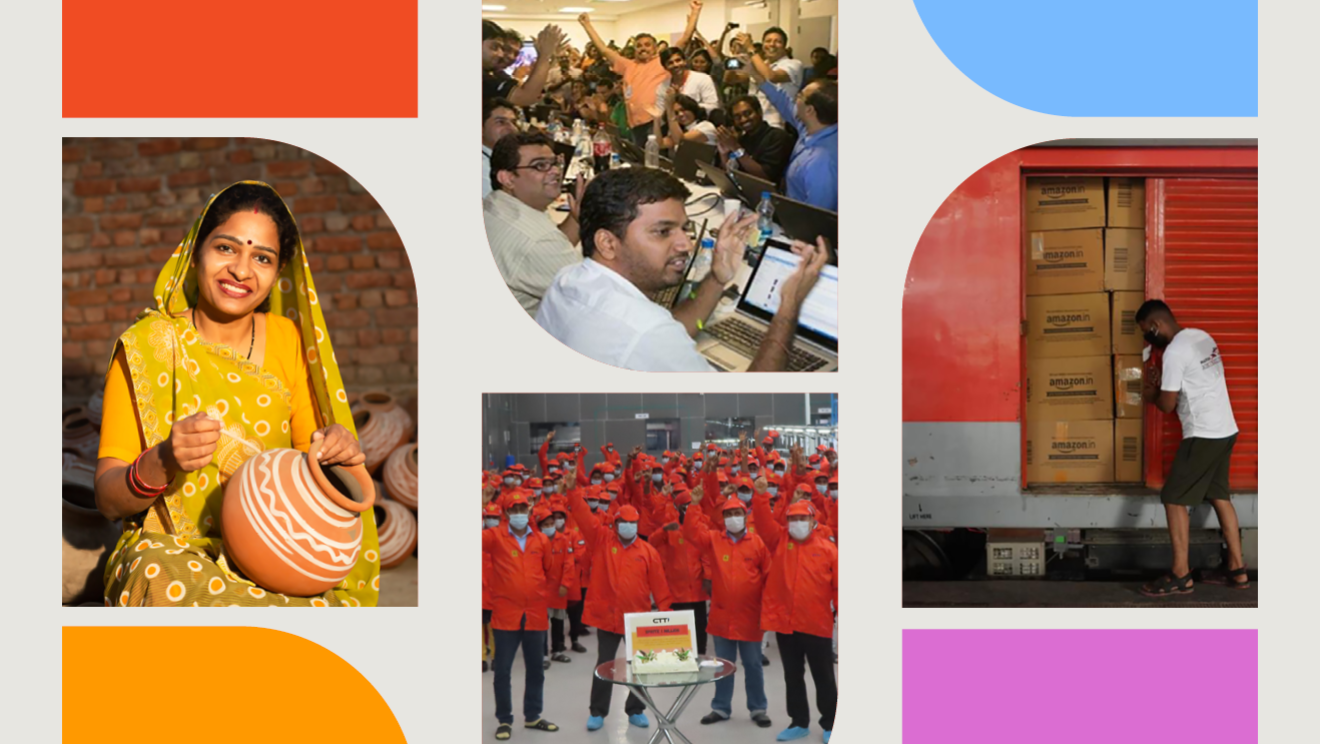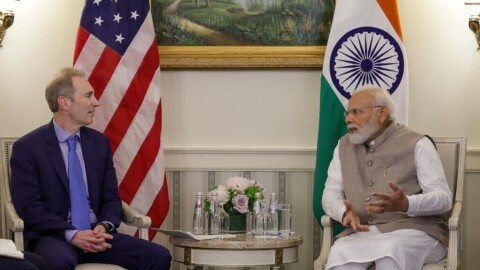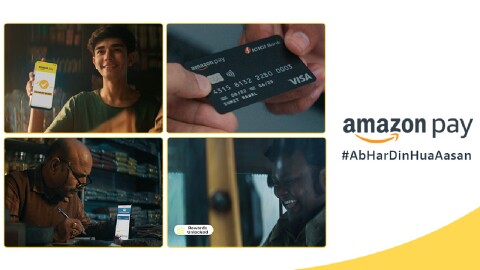Lead image: On midnight of June 5, 2013, the India team took Amazon.in online. Photo credit: Saleem Khan
"I remember getting an email from Amit Agarwal (SVP, India & Emerging Markets) in 2009 about plans to launch Amazon in India. I knew him as Jeff Bezos’ technical advisor at the time but had never met him. The idea of building an Amazon for India sounded quite exciting,” says Kishore Thota, one of the first hires in the India marketing team, now the Director, Shopping Experience, India and Emerging Markets. “A lot of Amazonians like me came back from Seattle as we were inspired by the idea of digitising India, and making a difference to lives in the very country we grew up in,” he adds.
The search for builders in the India team began a few years before the actual launch date for Amazon.in was even decided. The common thread among a majority of these Amazonians? They’d grown up in India, understood the country’s unique nuances, knew the Amazon culture well and were driven by the opportunity to meaningfully impact lives and livelihoods in the country. This was the first step in building Amazon.in in India, for India, by India.
‘Made in India’ solutions
When Amazon.in went live on June 5, 2013, common wisdom dictated that Amazon would bring its global playbook to India, tweak it slightly, and make it work. But the India marketplace was built differently from the start, and was unlike Amazon in other parts of the world.
I remember going to this popular electronics store in Mumbai to bring them on Amazon.in. We had a long discussion with them about the potential of selling online, but weren't making much headway. Finally, after sitting in the store for over 6 hours, we managed to convince them to list a few products with us!
Back then, sellers weren’t exactly queuing to sign up; they were unfamiliar with the concept of selling online and couldn’t imagine that Indians would actually want to buy products online. This challenge needed not just innovation, but Indian ingenuity and execution agility.

Cut to the colourful Amazon Chai Carts, which navigated India’s narrow streets with ease and allowed our teams to have conversations with potential sellers about the benefits of starting an online business—over a cup of steaming hot chai. These Chai Carts travelled over 15,000 kms and engaged 10,000+ small businesses along the way.
India ka Amazon
Our approach from Day 1 was to digitise businesses of all sizes to enable the largest selection of products, use technology to remove inefficiencies and unlock greater value for customers.
However, this approach needed learning, adapting, and innovating for India every day. In those days, customer trust and familiarity with online shopping wasn’t what it is today. We knew we had to give customers an experience that would convince them to make online shopping a habit.
Our easy returns and refunds soon became an industry standard, and we launched an India-specific lite app that allowed customers to shop even on low-cost phones and patchy networks. Then came shopping in their preferred language to special programs for artisans and women entrepreneurs, and enabling customers in Assam's remote Majuli island to buy the ajrakh from Kutch. Our innovations came fast and furious.
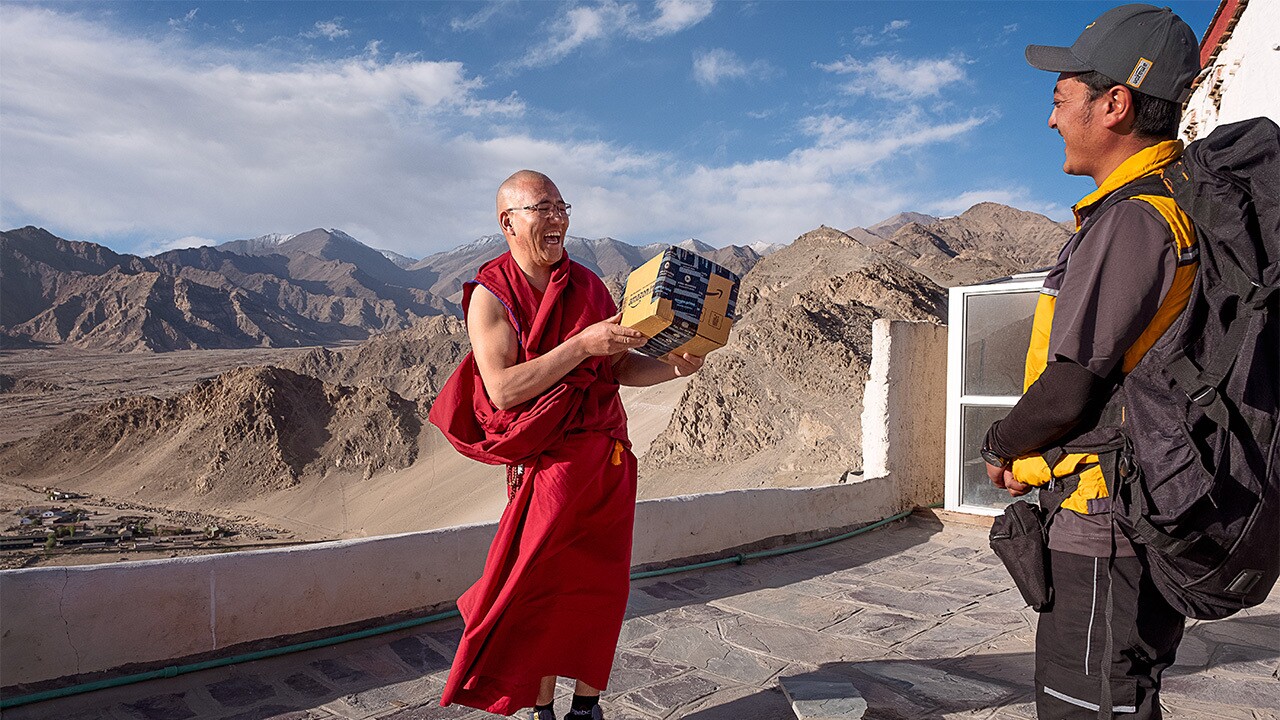
We were relentlessly focused on transforming how India buys and sells. This meant being closer to where our sellers and customers were. Starting with one fulfilment center in 2013, we built a nationwide infrastructure and partnered with organisations like India Post and the Indian Railways, as well lakhs of kirana stores, to create an effective delivery network across the country.
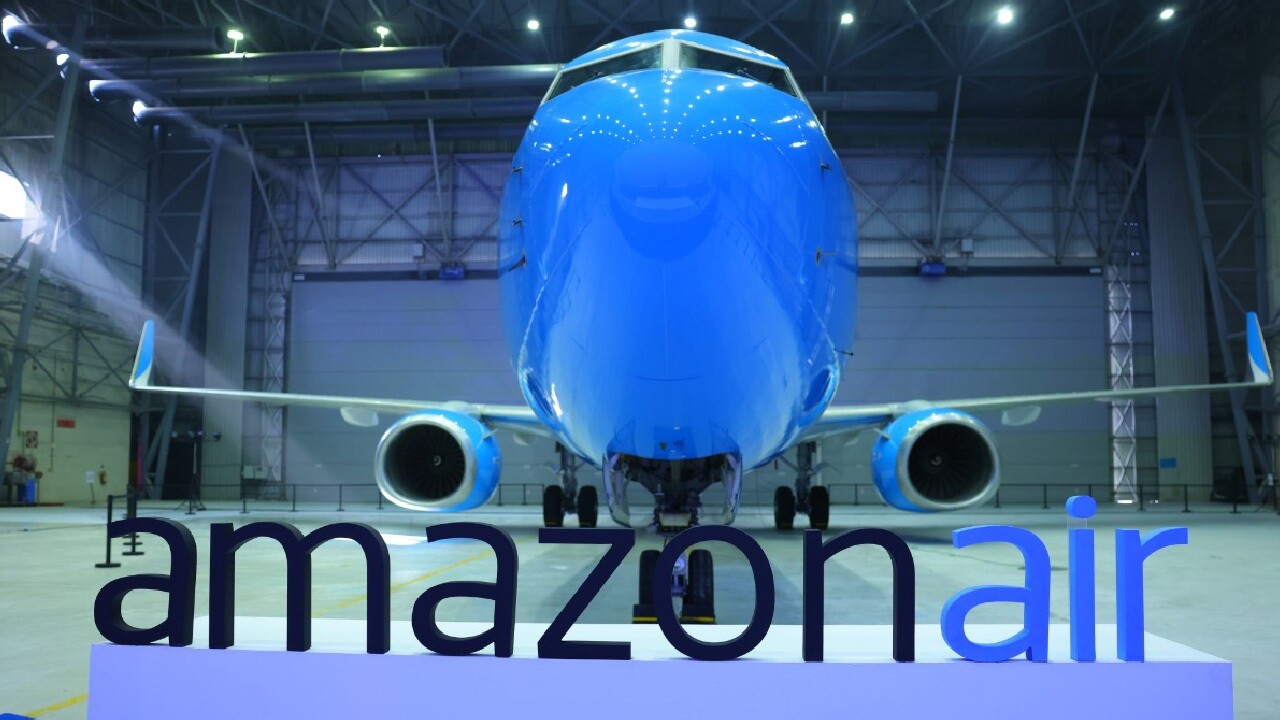
Fun fact: In 2019, Amazon became the first ecommerce company in India to partner with Indian Railways for movement of packages across the country. In 2023, we added Prime Air, a dedicated air cargo service to further boost our logistics network.
Abhinav Singh, VP of Operations, recalls the partnership with India Post in 2013 as a landmark moment. “Nobody had the kind of reach that India Post did, but they were set up differently. Back then, they did not carry electronic products. We went through several months of discussions with them about the possibilities that e-commerce could unlock. Finally, they saw that this was a good move for India.”
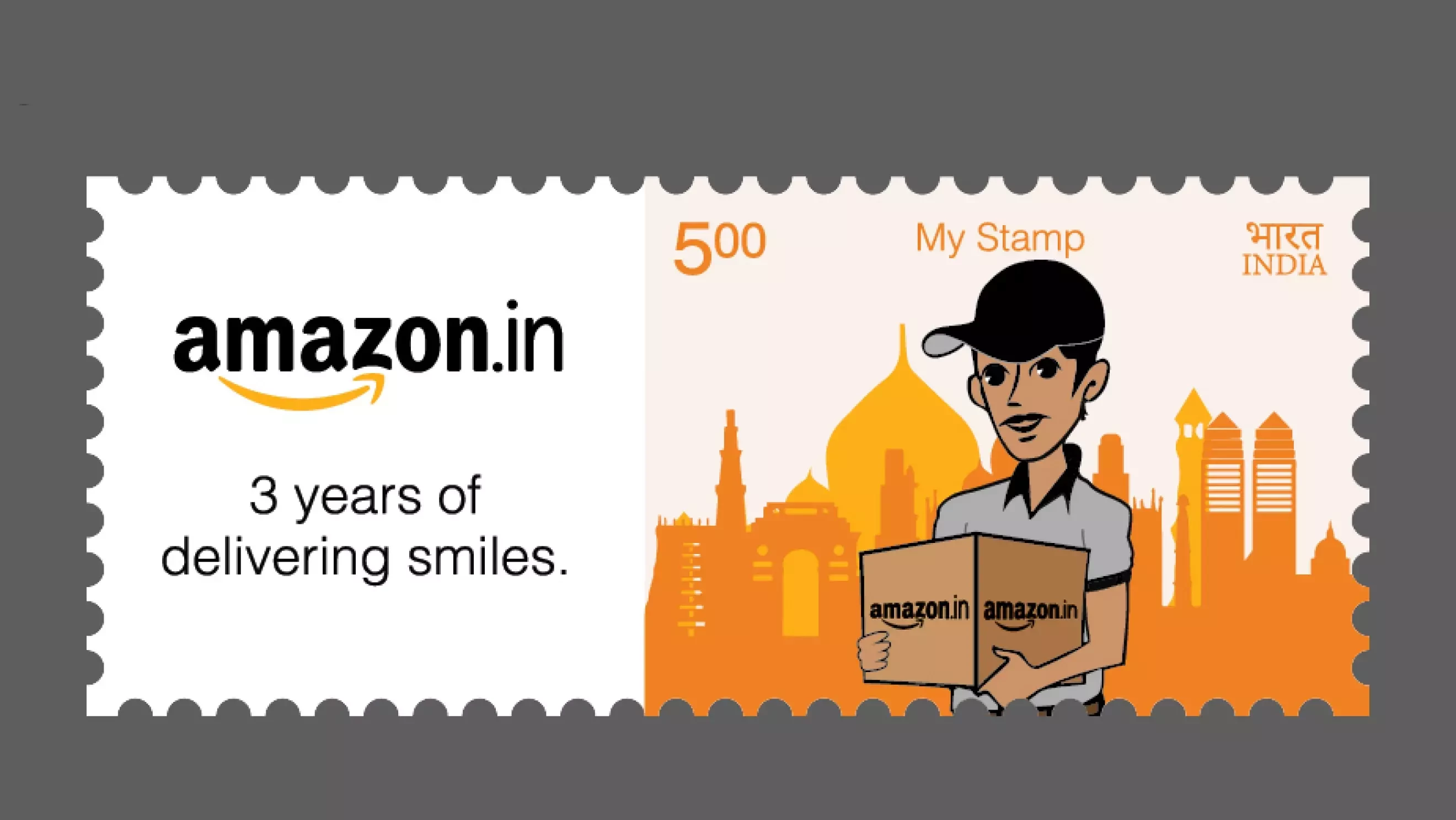
Fun fact: On Amazon.in’s third anniversary, India Post released ‘My Stamp’ with Amazon India
Vivek Somareddy, VP of Seller Fulfilment, Emerging Markets and India Exports, recollects two key moments that fast-tracked our ability to help sellers serve customers across India. “Our initial Fulfilment Centres (FCs) were in Mumbai and Bengaluru, but the seller base was scattered across India. Building more FCs quickly at the time was a challenge, yet we had to bring our supply chain closer to sellers. That’s how Seller Flex was born. We created a warehouse-management system that converted seller locations into mini Amazon FCs and helped us run Fulfilled By Amazon (FBA) without our own FCs,” says Somareddy. “We also knew that we had to bring neighbourhood stores on Amazon.in to make e-commerce truly ubiquitous. We launched Local Shops on Amazon in 2020 to bring local retailers online for our customers and now have over 2.7 lakh local shops across 350+ cities selling on Amazon.in,” he adds.
Becoming a part of India’s social fabric
In 2016, we brought Prime to India enabling customers to get free and fast deliveries and a host of other benefits, including Prime Video. Today, it is taking blockbuster entertainment in multiple languages to viewers across India. Since 2016, Amazon Pay is simplifying digital payments for customers and small businesses. Alexa has become a part of lakhs of Indian households. Importantly, it is helping improve the learning experience for lakhs of students in rural and semi-urban India.
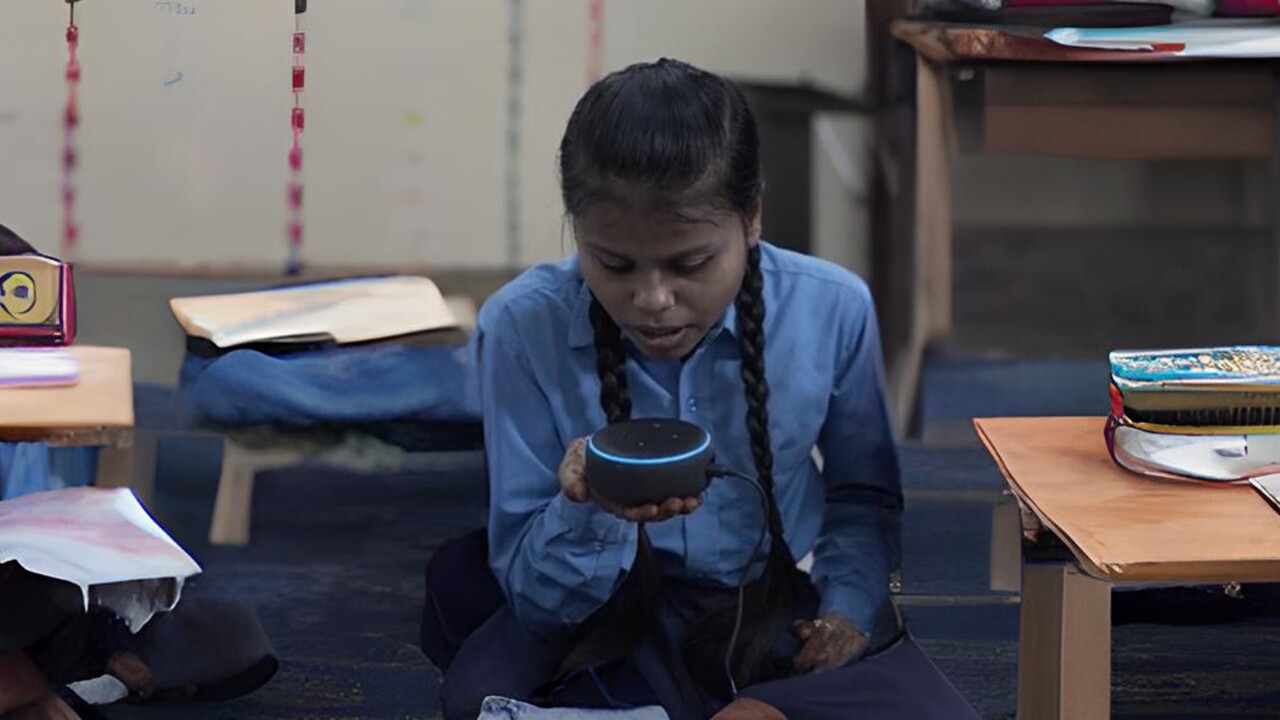
As we ramped up, we realised that it’s not every day that you get to work at this perfect intersection of something that is great for customers, the business, and the country. So, we aligned our business with what is important for India. We pledged to digitise 1 crore small businesses, enable $20 billion in exports, and create 20 lakh jobs by 2025. We’re happy to be on track to deliver on them and have already digitised over 40 lakh small businesses, enabled over $5 billion in cumulative exports, and created more than 11 lakh direct and indirect jobs.
10 years, just the first step
Countless stories—like that of 94-year-old Harbhajan Kaur from Chandigarh, who started selling homemade barfi on Amazon.in to fulfil her dream of becoming financially independent, or that of a school teacher in a remote village in Leh being able to order classroom supplies—have made this journey even more special.
It’s been an incredible journey of making an Amazon in India, for India. We are truly just getting started. With a young and vibrant population, rising income levels, and increasing penetration of internet and social media, the future is exciting. We remain committed to innovating for customers, and enabling small businesses and startups to contribute to India’s vision of becoming a $1 trillion digital economy.
As we like to remind ourselves: it's Day 1.
With love,
Team Amazon India





